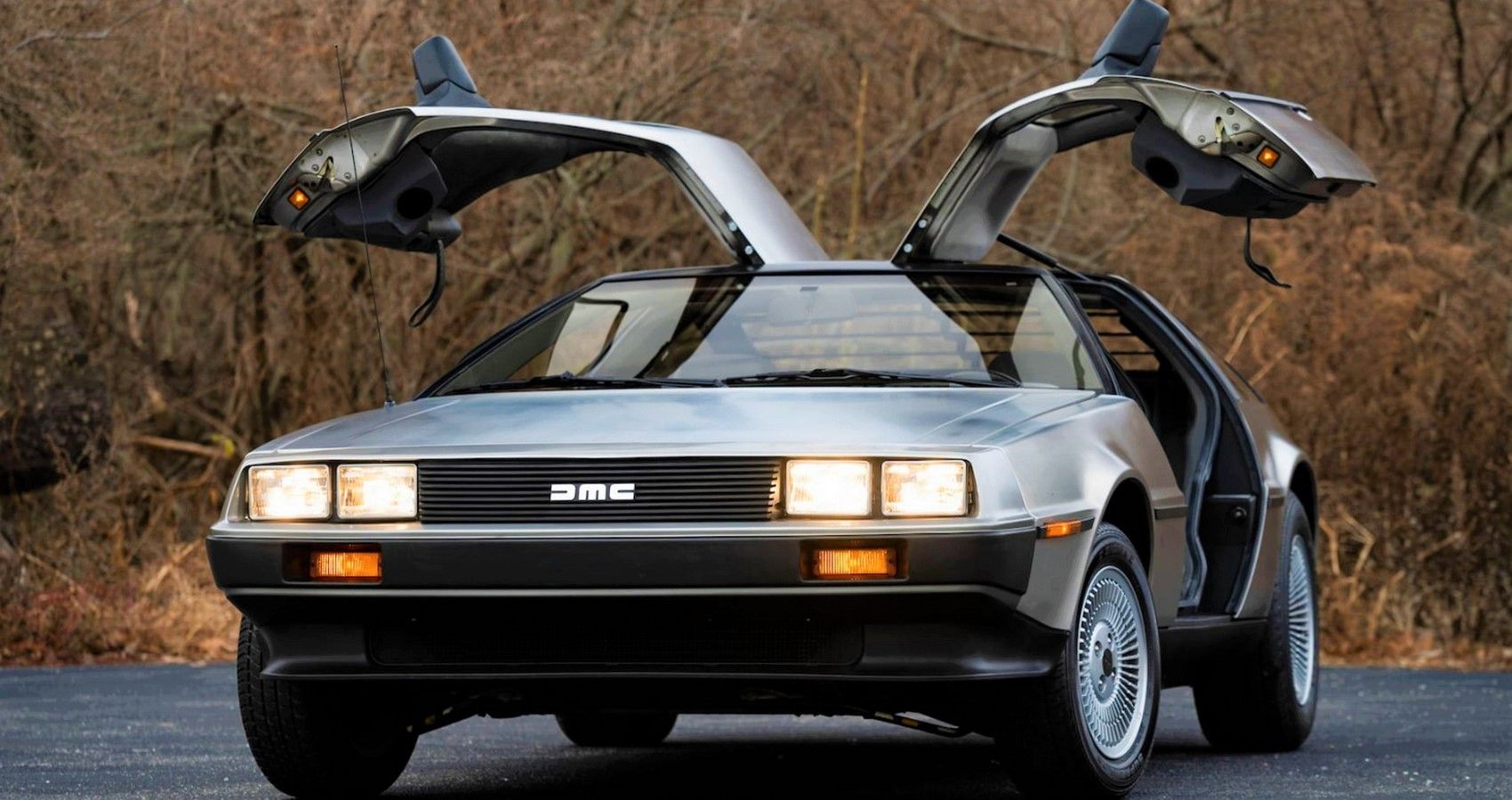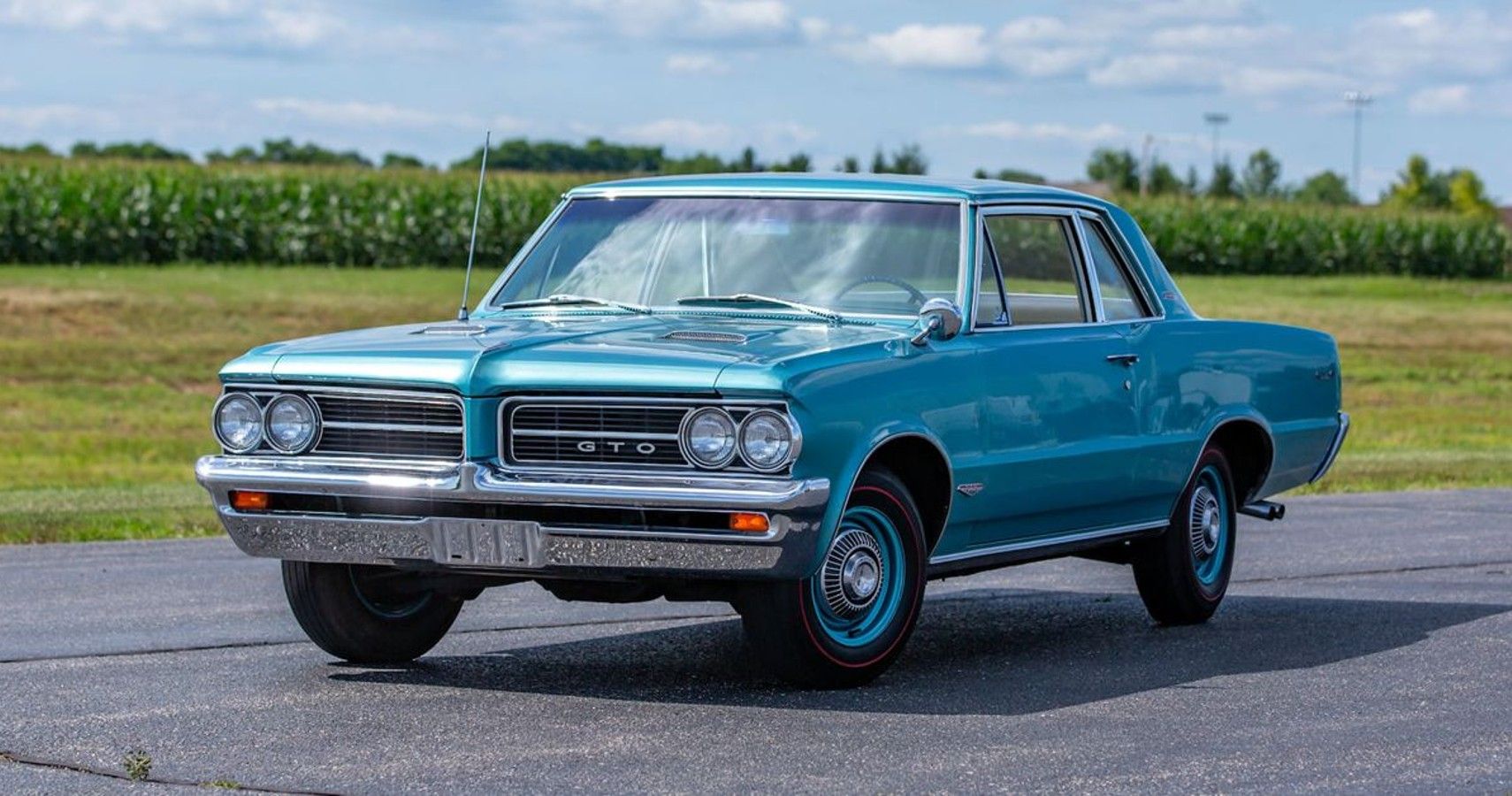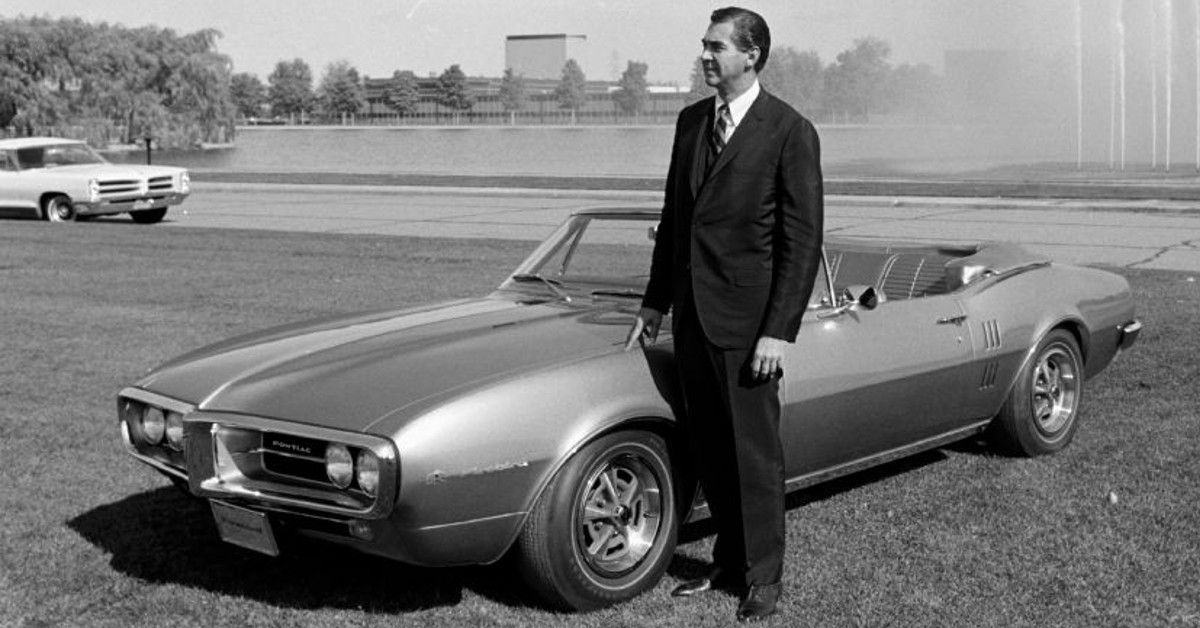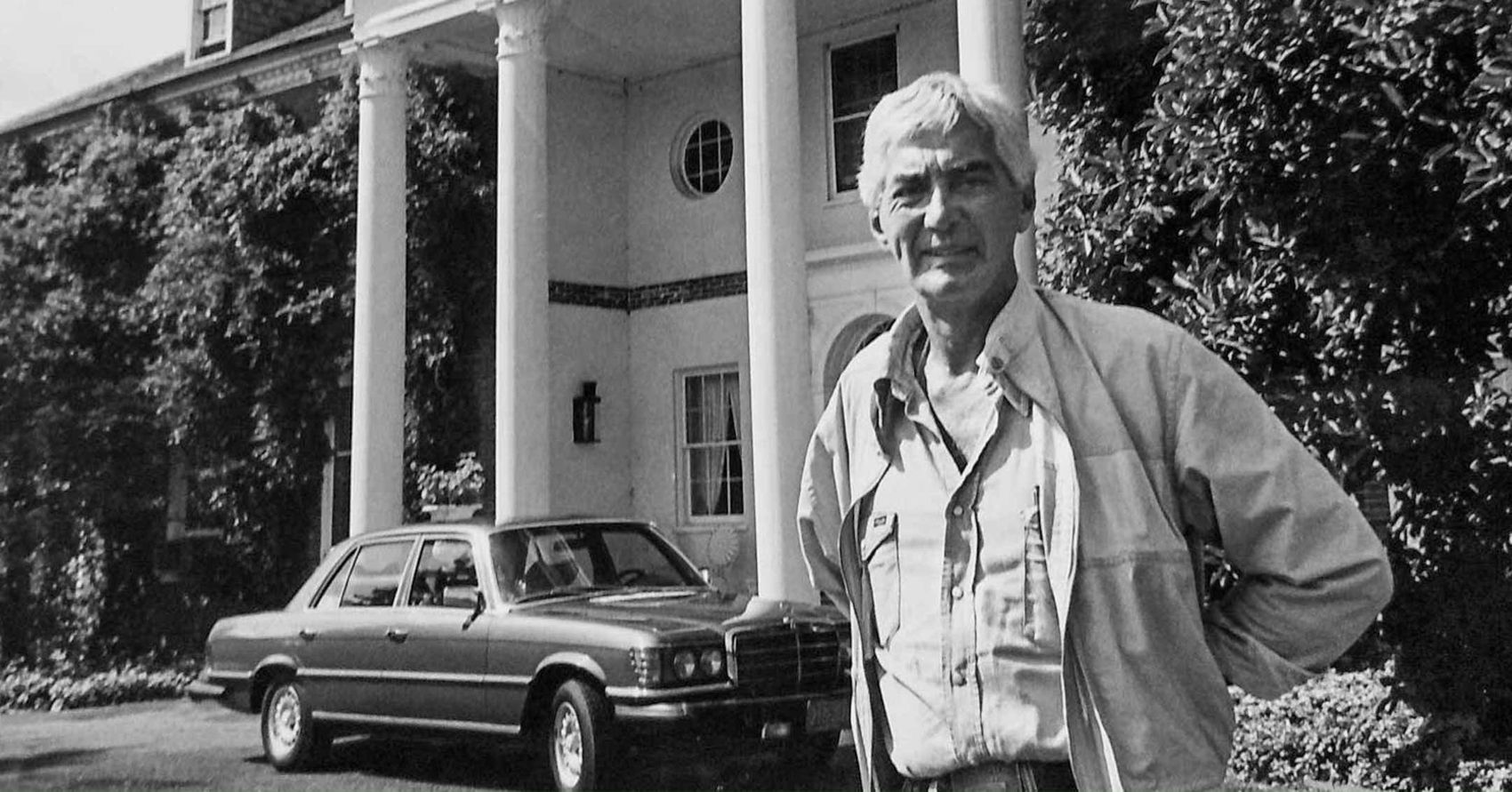Many people associate the name John DeLorean with the infamous failure of the DMC-12, which they automatically remember from the movie franchise "Back to the Future". What most people don’t know is that since the 1950s, John DeLorean had been working for the largest American car companies. He worked at Chrysler before making a significant move that changed his life, and that of many motorists: joining General Motors. He was assigned to the Pontiac division, where he became chief engineer within five years. A couple of years later, DeLorean had a brilliant intuition that gave birth to the Pontiac GTO, the world's first muscle car. His successes continued a few years later with the birth of the historic Pontiac Firebird, the arch-enemy of the Ford Mustang. At the end of the decade, he became the head of Chevrolet, a brand that was going through a bad economic period. Even at that juncture, DeLorean managed to perform a miracle and got the brand back on its feet.
How John DeLorean Created The Pontiac GTO, The First Muscle Car
The origins of the Pontiac GTO are uncertain, but the story goes that one day in 1963, three Pontiac engineers, Bill Collins, Russ Gee, and John DeLorean, gathered for a brainstorming session. They decided to place a prototype of the 1964 LeMans coupe on a lift bridge and observe its various components. At that moment, they realized that within minutes they would be able to replace the engine with a 389ci V8. So, they decided to try it, and the Pontiac GTO was born. John DeLorean gave it to some important figures at Pontiac and GM, and everyone found it extremely fun to drive.
However, GM had an internal policy on large engines in small cars: a vehicle's weight had to be at least 10 pounds for every cubic inch of engine displacement. But DeLorean managed to find a solution: this policy did not apply to optional engines, so it was proposed as an optional package for the 1964 Tempest.
In September 1963, the Pontiac GTO was finally released. GM went on to sell 32,450 GTOs in its first year of production. The echoes of this moment resonated throughout the decade because muscle cars became extremely popular among young Americans.
How The Pontiac Firebird Was A Response To The Ford Mustang
In 1964, Ford introduced the globally renowned Mustang. Within a span of three years, almost two million vehicles were purchased, marking a remarkable triumph for Ford. Numerous competitors acknowledged they had undervalued its potential. As a response, DeLorean and two other engineers determined it was necessary to launch a Pontiac model capable of rivaling the Mustang. Their goal was to develop a potent automobile that would provide an exhilarating driving experience while still serving as a practical daily vehicle. This vision ultimately led to the creation of the Pontiac Firebird.
The Firebird shares many features with another car released in 1967, belonging to GM: the legendary Chevrolet Camaro. They share largely the same bodies and wheelbase, but the Firebird was slightly heavier due to the Pontiac V8 engine. In the first year, the company produced 82,000 Firebirds, and the following year about 107,000.
The influence of John DeLorean in the creation of this car was decisive, and once again proved to be a triumph. In 1969, the specialty package Trans Am was very successful, making the Firebird even more iconic.
John DeLorean's Strategic Moves That Saved Chevrolet In 1969
In 1969, following a series of notable achievements, John DeLorean assumed the role of Chevrolet's chief. The corporation was struggling with significant financial challenges and needed a new course of action. DeLorean opted to delay the launch of the latest Camaro, as it was not yet ready, and focused on streamlining modifications to the Corvette and the Nova.
DeLorean's strategic approach involved reducing the production volume of Chevrolet vehicles, which led to a decrease in manufacturing costs. Over the course of three years, he successfully stabilized the company's financial situation, improved product quality, and reestablished Chevrolet as a formidable competitor against Ford. This particular period in time signified the top of John DeLorean's career.
However, in 1973, DeLorean left General Motors to establish his own automobile company, the DeLorean Motor Company. Unfortunately for him, this turned out to be a poor decision. In the mid-1970s, he showcased a prototype car, but it wasn't until 1981 that DMC released its first and only car, the DMC-12. While around 9,000 DMC-12s were produced, it was a complete failure in the market. Despite this, the car achieved significant success in popular culture and became an iconic vehicle thanks to its appearance in the casting in Hollywood, making in a cult classic that will be remembered forever.




